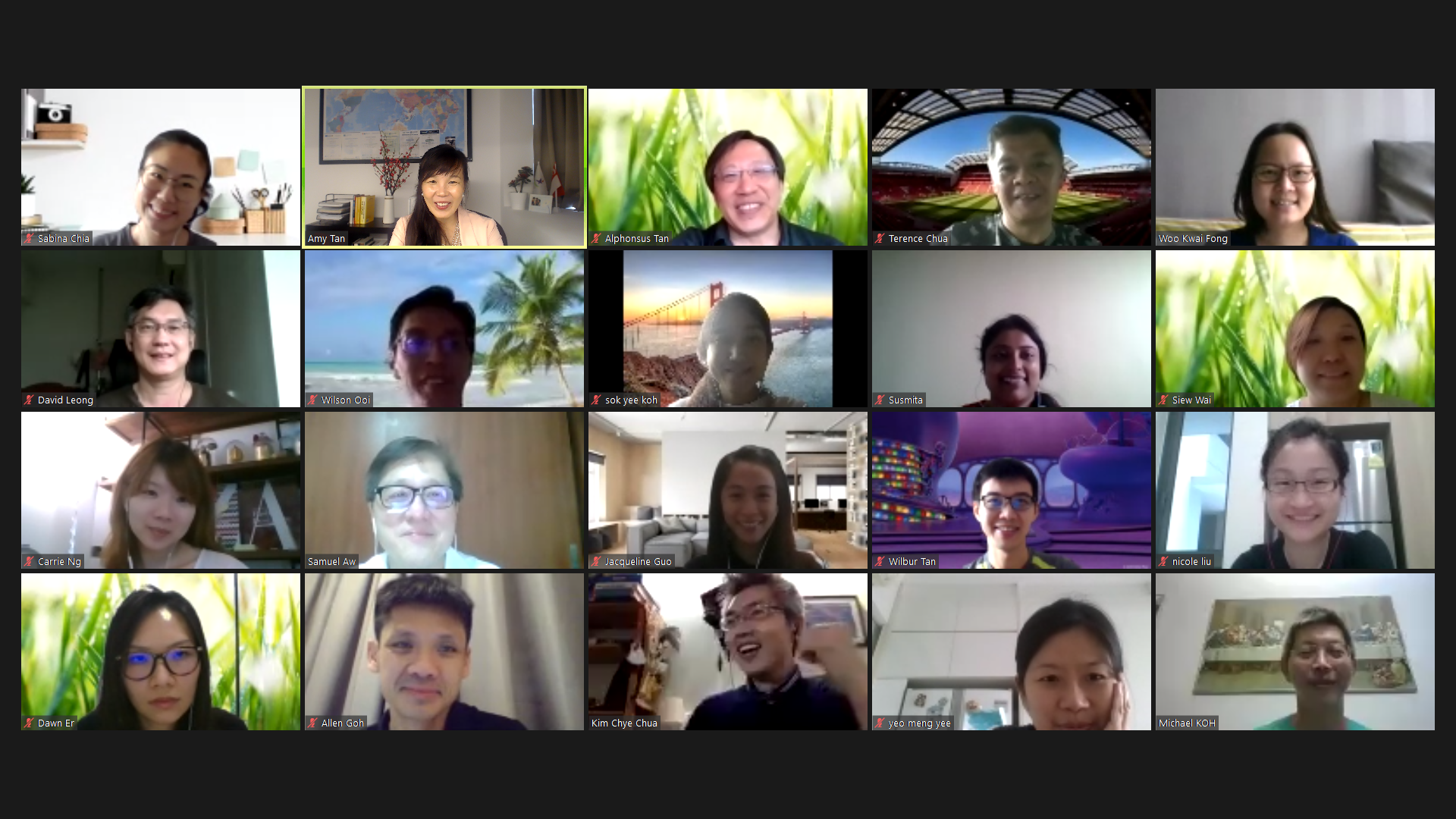Working from Home Results in Less Engaged Employees. Really?
Since 2020, most knowledge workers in organisations worldwide had to start switching to “remote work”, often called “working from home (WFH)” – for escaping the virus. Students at all levels had to do the same. Of course, the beginning of working from home was a bit bumpy, since not all of these students or workers were equipped with the hardware and software to do so. And, people in some regions recognised that their internet connectivity can not cope with practically everyone going online at the same time.
Much was written about the impact of this 100 nanometres large virus on the human population, especially the way the work gets done. An interesting article by Andrew Brodsky and Mike Tolliver at the Harvard Business Review sheds light on one important question: does working from home result in reduction of employee engagement? The authors use the proxy ‘meeting characteristics’ to measure engagement.

Findings On Remote Working Arrangements
What is the Impact of Working from Home?
Many companies have downsized their office space so that it is practically inconvenient to have all employees sitting in the office every single day from morning till evening. They did this as a result of their observations during COVID, i.e., it seems possible to have staff work from home and deliver the same results as they did before COVID.
The above mentioned HBR article is based on such observations from 10 large MNCs over six weeks from May to June in 2020, 2021 and 2022. On the one hand, assuming that these 10 MNCs can really represent most other organisations, is a daring supposition. On the other hand, this study still offers some general take-aways that may or may not apply at your organisation.
They discovered the following trends:
- The number of remote meetings went up from an average of about 5 to more than 8 per employee.
- The duration of remote meetings dropped by 25% from 2020 to 2022.
- The number of participants per meeting went down by 50% over the same timeframe. This number was affected by the count of one-on-one meetings that went up more than threefold.
- Employees who left one of the participating organisations did show low participation, i.e., engagement.
These observations paint a positive picture of remote working arrangements, especially meetings, don’t they?
For more details, please refer to the article.
Commenting These Findings
Trusting These Working from Home Findings
The above-mentioned numbers have been collected by downloading data from video- and audio-conferencing platforms such as Zoom, Microsoft Teams and Webex. Since the overall number of meetings recorded is nearly 50 million, there is actually little real observation possible.
All conclusions are based on data alone. Increase in time spent on those platforms means increase in working from home that in turn is used as proxy for engagement. Is this a viable conclusion?
The danger of any conclusion out of such dataset is always the perspective on averages. Above-mentioned trends are based on means. Means are lies. Nothing is said about the variation, which is usually a better source of information for solid conclusions. Questions the authors could have probably answered are, for example:
- What kind of organisation or, better yet, organisational unit follows the mentioned trends and which kind behaves differently? Why?
- One of the conclusions mentioned is that people who leave show less participation in meetings, i.e., less engagement. Are people less seen in meetings because they are on the way out already? Or, do people leave because they do not feel engaged? Correlation does not prove cause or effect.
- The data could have been matched and correlated with employee engagement data which should be available in at least some of the MNCs. This could have shown whether there is a relationship between the proxies, the remote meeting indicators and engagement metrics.
Conclusions on Working From Home
Working from home has become the “new normal”

